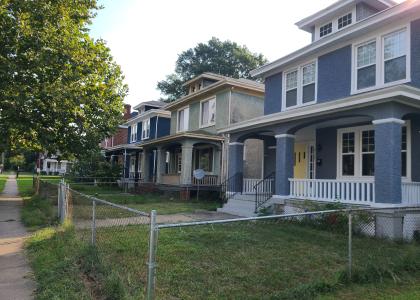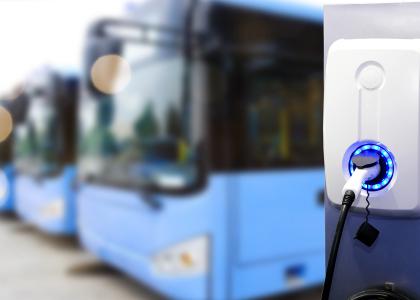As US cities take an active role in advancing clean energy, they will need a ready and capable workforce to achieve their goals. The good news: Half (37) of the 75 cities in our 2019 City Clean Energy Scorecard have clean energy workforce development programs, and in a new topic brief published today, we highlight innovative examples nationwide.
These programs and initiatives can help ensure that a pipeline of workers is set to join the growing clean energy economy. As our research shows, these efforts vary greatly, with some offering free hands-on training and others increasing city contracts to minority-owned and women-owned businesses. Some have a strong focus on equity and aim to recruit underrepresented groups for jobs using clean energy services and technologies.
Cities are not doing this alone. Many have cultivated partnerships with utilities, non-profits, colleges, and other stakeholders to support local energy efficiency and renewable energy workforce development efforts, which often provide the necessary training and certifications. In 2018, energy efficiency jobs accounted for nearly half of all energy sector jobs, and the sector is projected to grow nearly 8% in 2019, thus enabling even more economic and job opportunities.
Our new topic brief, Cities and Clean Energy Workforce Development, discusses the models cities can emulate to jumpstart robust and diverse programs, as well as inclusive procurement and contracting strategies. It draws on a larger ACEEE report about local government actions to develop an energy efficiency workforce for new and existing public and private buildings.
It also features case studies of cities with promising programs. In Florida, for example, Orlando offers energy benchmarking workshops for building owners, partners with a local college to develop an energy-focused curriculum, and offers mini-workshops on energy policy and solar installation to at-risk youth, veterans, and low-income community members.
Findings from the 2019 City Scorecard
Most (30) of the 37 cities with workforce development efforts have aligned their programs with existing clean energy policies and/or funded clean energy related trainings. For instance, Birmingham, AL, partnered with local institutions to offer energy efficiency training opportunities to Minority Business Enterprise contracting partners. By strengthening these skills among the local workforce, it plans to scale up energy savings and building efficiency in its municipal buildings and future efficiency projects.
The map below highlights cities that, based on our 2019 scorecard using 2018 data, have clean energy workforce development programs and/or procurement contracting policies to facilitate clean energy investments.
We found that each city takes its own approach to clean energy workforce development, which may include cultivating partnerships with local businesses to sustain high-quality jobs, offering educational and technical support, and/or extending benefits to historically marginalized groups. The following cities have noteworthy approaches:
Buffalo – In New York, Buffalo Public Schools offer career and technical education for students in solar technology, with some schools offering students hands-on training and a certification in solar installation.
Cleveland – Through the Office of Equal Opportunity, Cleveland has an inclusive procurement and contracting process for all projects, including energy efficiency and renewable energy projects.
Denver – Denver partnered with Xcel Energy to implement a workforce development program as part of the Denver Energy Challenge that included contractor certification training, health and safety training, and business sales training.
Worcester – In Massachusetts, Worcester provided funding for the South Middlesex Opportunity Council’s Green Jobs Academy. The academy provides free or low-cost building science training to youth and low-income individuals.
For a more detailed overview and a look at what other cities are doing with clean energy workforce development, procurement, and contracting strategies, see ACEEE’S State and Local Policy Database.
These examples and the map above also highlight how cities are incorporating inclusivity and diversity into their workforce strategies. We identified 22 cities with equity-driven initiatives that target traditionally underrepresented groups and/or address disparities by awarding clean energy contracting opportunities to minority- or women-owned businesses. For example, San Jose’s Work2Future program trains young adults from disadvantaged populations in energy-efficient building construction. Since 2014, the program has successfully trained 267 young adults, and it has an 82% job placement rate.
While we profile cities that are helping to achieve energy savings and create real opportunity for high-quality careers for their residents, many cities have not established workforce strategies. Clean energy workforce programs must play a big part in addressing gaps in workers’ skills so we can scale up clean energy projects and extend the economic benefits to more residents, especially those historically left out of the clean energy economy.





